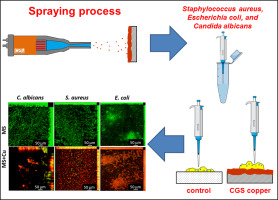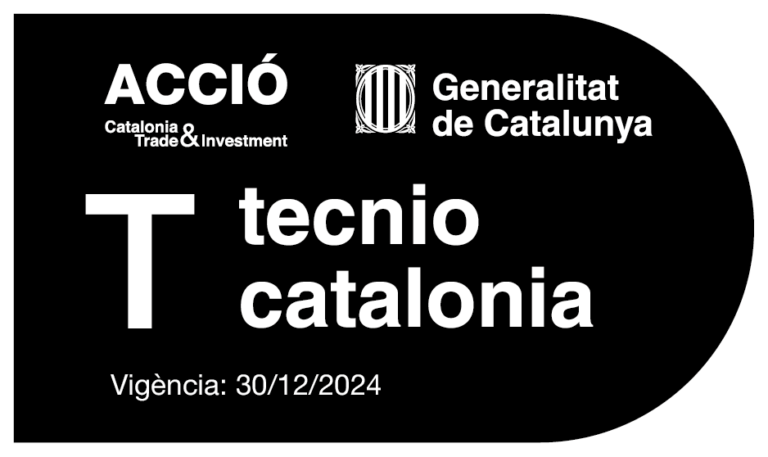Da Silva, F.S.; De Paula e Silva, A.C.A.; Barbugli, P.A.; Cinca, N.; Cano, I.G.; Guilemany, J.M.; Vergani, G.E.; Benedetti, A.V. (2021). Anti-biofilm activity and in vitro biocompatibility of copper surface prepared by cold gas spray. Surface & Coatings Technology, Article nº 126981. Doi: https://doi.org/10.1016/j.surfcoat.2021.126981
Abstract: In this work the cold gas spray (CGS) technique was used to produce anti-biofilm and biocompatibility copper surfaces. Copper was deposited onto carbon steel and the phase composition, morphology, porosity, and adherence of the coating were investigated. Methicillin-susceptible Staphylococcus aureus (MSSA-ATCC 25923), Escherichia coli (ATCC 25922) and Candida albicans (SC 5314) biofilms were used in the antimicrobial tests, and the biocompatibility of the coatings was tested in human monocytes (THP-1 cell line). The main physical characteristics of the copper coating were thickness (640 ± 5) μm, porosity 0.4% and adherence 30 MPa. The X-ray diffraction pattern of the coatings showed only crystalline phase of copper. The plate spreading method, XTT assay, confocal fluorescence microscopy and scanning electron microscopy images showed that copper coatings were effective as an antimicrobial agent by blocking the adhesion and viability of C. albicans and killing the surface adhered bacterial strains, significantly reducing the biofilm survival. The viability rate of THP-1 cells for 24 h was 95% and the confocal microscopy showed the same labeling as the standard culture conditions.

Keywords: Cold gas spray; Copper; Anti-biofilm Surface; Escherichia coli; Staphylococcus aureus; Candida albicans;







